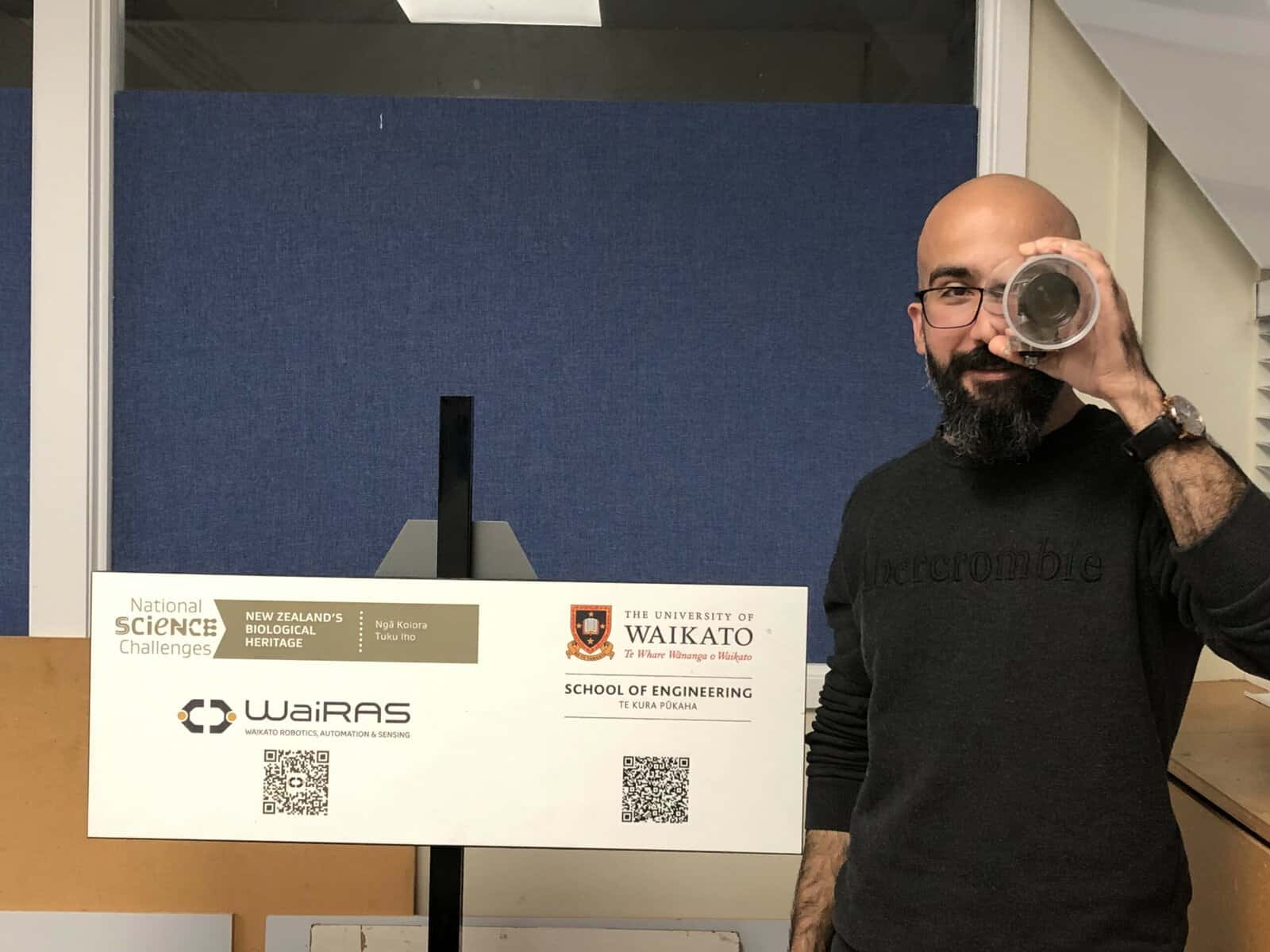Sami was born in a small city of Behshahr in Iran, wedged between the sea and the jungle.
“One of my favourite activities growing up was walking in the jungle,” he says.
In the jungle, Sami’s curiosity was sparked by the diverse plant life around him.
“I wanted to know about the tree species and their names,” says Sami. “But there are so many and knowing all their names was difficult for me.”
Sami completed his undergraduate degree at Payame Noor University and Master’s degree at the University of Mohaghegh Ardabili before becoming a research assistant at the Department of Biosystems Engineering at Ferdowsi University of Mashhad.
Here, he worked to detect saffron adulterants. As a highly valuable commercial plant, fake or fraudulent saffron scams have arisen. Sami contributed to detecting adulterants using two different methods: (1) a deep neural network and RGB photos taken under uncontrolled and/or unstructured conditions and (2) analysing Vis-Nir imaging with soft computing.
One day, Sami came across an advertisement from the University of Waikato and the Integrated Surveillance team about a project designed to help with the detection of tree species and diseases by using image processing and machine learning – specifically, the project involved designing a model that could identify trees at an individual level using just a photo.
“The advertisement was one of the best things I’ve ever seen in my whole life because this has been a big question of mine since I was a child,” says Sami. He applied for this opportunity to complete his second Master’s and, needless to say, he got the job.
Sami’s first task has been training and making a model that can tell the difference between urban vegetation and anything else (a building for example) in images. Next, Sami retrained his model to detect one specific species within images of urban vegetation – for this project, magnolia is being used as the model organism.
“These two steps have been completed successfully,” says Sami. “The last step is a bit complicated because we have to detect one specific tree among magnolia trees.”
Like facial recognition software, the goal is to be able to identify an individual tree no matter what angle the photo is taken from.
“If we can identify an individual tree, we could extract information about this tree’s health from a database,” says Sami.
This would enable researchers to detect very early stages of disease development, for example myrtle rust or kauri dieback, in individual trees.
“This research can be very helpful not only for New Zealand, but also for other parts of the world,” says Sami. “In Iran, we are losing a big portion of urban vegetation and forests because of climate change and different kinds of diseases. Detecting and monitoring can be very helpful, for Iran, New Zealand and also the whole world.”
Sami has one year to complete this project. He’s made tremendous progress so far and is also enjoying his time in New Zealand.
“I came to New Zealand six months ago,” says Sami. “From some aspects, New Zealand is similar to where I am from. My city is located between a beautiful jungle and the sea, like New Zealand. I like New Zealand because the people are very friendly.”
Jenny Leonard
